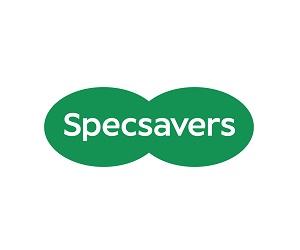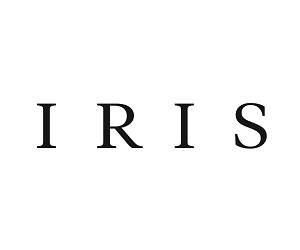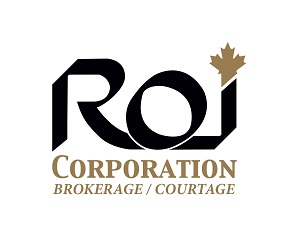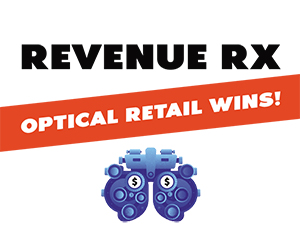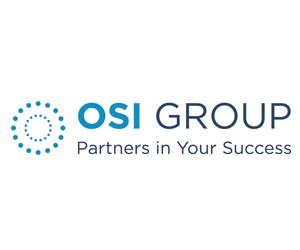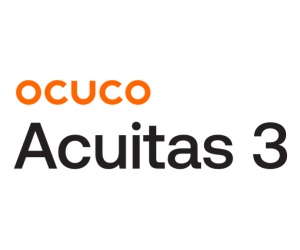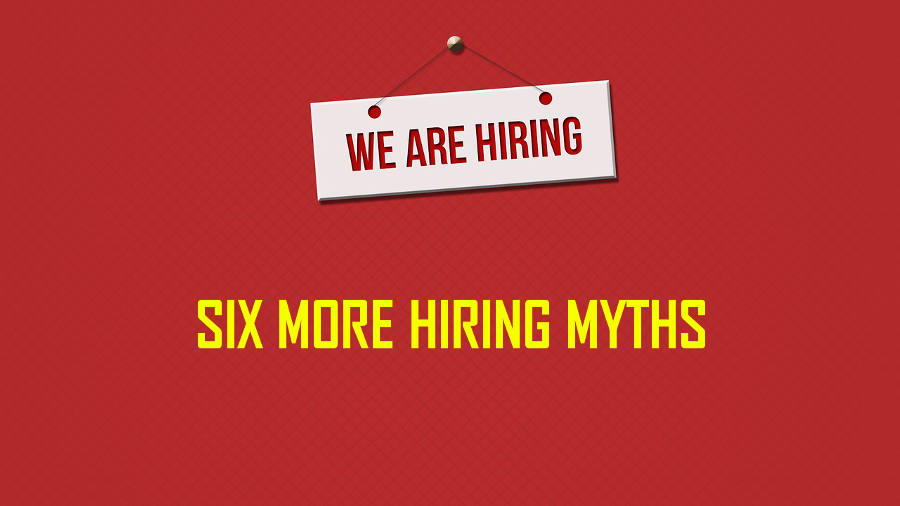
In this two part series, Jan van der Hoop and Tim Brennan of Fit First Technologies bust popular hiring myths to help you avoid making costly mistakes. View part one here.
Myth #6: To really get to know a candidate, you need to rely on a good set of behavioural interview questions. Past behaviour is, after all, the best predictor of future performance.
The concept of asking behavioural questions was a tremendous innovation that improved the value of interviews almost overnight. But that was 25 years ago. Since then, candidates have become very well rehearsed at answering these questions… often to the point where they are better prepared for the questions that the person interviewing them. Add to that the fact that we all have a natural inclination to answer those questions from the perspective of what we know the interviewer is likely to want to hear, and you have a recipe for disaster. What we know we ‘should’ do and what we actually do when no-one’s looking are almost always very different.
The best way to understand how a potential employee is actually going to behave when no-one’s looking is to ask a completely different kind of question… we call it a tertiary-level question. In this case the objective is to ask questions that go beneath behaviour and have the candidate tell you stories about what worked for them and didn’t as it related to other people, jobs and situations. In so doing, you gain insight into their core – the attitudes, beliefs and values that drive them. These are the things that will predict the behaviours that are exhibited when nobody’s looking… and that will give you a clear and reliable indication of how the candidate will fit in your business, in the job, and with co-workers and clients.
Myth #7: There’s no point in investing any time or effort in training and keeping these pesky Gen X and Gen Y kids. They’re too disruptive to our business and won’t stay for more than a year anyway.
There’s no question that having up to four generations at work all at the same time can be a big challenge. There’s also no question that those born after about 1980 have very different attitudes about work than those who came before them. The answer is not to find more people our age to staff our business… that’s a dead end road. Literally. The real challenge is to help our managers figure out how to create a workforce that harnesses the energies and talents of all our employees and converts those energies into profits.
Contrary to popular belief, these ‘kids’ are generally not flighty and they do not want to skip jobs every year or two. In fact, research continues to show that, like most of us when we were their age, they want nothing better than to find an employer where they can do meaningful work, see the value of their contribution, learn, stretch and grow… and put down roots for a long time. Unfortunately for many organizations, these kids also have a lower tolerance for BS than we do, and they are more likely than we were to move on when they encounter it.
Myth #8: The quickest and surest way to gain an advantage over my competition is to hire away their top performer. Their loss is my gain.
True, high performers share a set of characteristics and core attitudes… but so much of their performance is tied up in other factors that are external to them. These factors can be summarised into four primary categories – fit with the manager, with the critical aspects of the role, with the people around them, and the organization’s culture and systems. Most often, poaching talent results in three losers – you, your competitor and the fallen star.
Change any one of those things, and performance will be impacted. The fact they are a consistently top performer in another organization, even in a similar role and industry, is no guarantee that they will be even an average performer in your organization. A far more effective strategy is to identify people who have the capacity to do well in the reality you present. When you find candidates who are at their best in the management climate you offer, who are drawing from their natural strengths and talents in the roles you offer, who engage easily and productively with the rest of the team and your customers, and who are proud to contribute to the organization… you have a winning combination.
Myth #9: Low turnover or no turnover is a good sign we’re doing a lot of things very well. Why rock the boat?
To people in some industries that are traditionally turnover-prone and where double-and even triple-digit turnover rates have long been regarded as just a cost of doing business, the notion of no or very low turnover must seem like an impossible dream. But there are times when very low turnover can also carry a hefty price tag.
The important question is not ‘how many of my people are we keeping’. The far more valuable question is, ‘what is the quality of the people we are keeping’. All too often organizations find themselves in a rut where people aren’t leaving because they are comfortable. And they are comfortable because things are pretty easy – the bar’s not set too high, standards are pretty lax, and mediocre performance is tolerated.
Comfortable employees will choke a competitive business.
Myth #10: Investing in employee satisfaction makes good business sense.
Many organizations believe that satisfied employees are profitable employees… and so they invest heavily in perks they think their employees will appreciate – everything from elaborate cafeterias to on-site concierge services, generous benefits and perks through day care. While those features may add to buzz and ‘cool’ factor, they are expensive and generally have very limited if any ROI.
The truth is, there is no documented relationship between employee satisfaction and business performance. A happy workforce is not necessarily a more productive workforce.
The factor that is a predictor of performance and productivity, and it is in fact the most reliable predictor, is something called engagement. Engagement is all about how focused and committed your people are to hitting and exceeding your shared objectives – how much sweat, effort and creativity they are willing to put in of their own free will.
Myth #11: Not everyone here should be a top performer. We need some “Steady Eddies”, or we’d drive ourselves nuts trying to satisfy everyone’s career expectations.
Don’t confuse performance with pressure to offer promotion opportunities. Many people who are at the absolute top of their class want nothing more than to be left alone to do what they do best, day in and day out.
All too often, we convince ourselves that it’s OK and normal to have a normal performance curve where 70% of the workforce is ‘average’… we too easily accept the notion that ‘average is OK and doesn’t hurt me’. The truth is, average is awful. ‘Average’ in most organizations represents an opportunity cost of 23% or more of payroll – money that gets paid out, but where there is absolutely zero return.
In most organizations, that 23% of payroll represents a staggering sum of money which if deployed elsewhere could materially change the fortunes of an organization.

JAN G. VAN DER HOOP
Jan is the co-founder and president of Fit First Technologies, a company that applies its predictive analytics to the task of matching people to roles. Those algorithms drive platforms such as TalentSorter, FitFirstJobs and Eyeployment.com, which are relied upon by organizations to screen high volumes of candidates for “fit” in their open positions.

TIM BRENNAN
is Chief Visionary Officer with Fit First Technologies Inc, the creators of Eyeployment, TalentSorter and Jobtimize.















